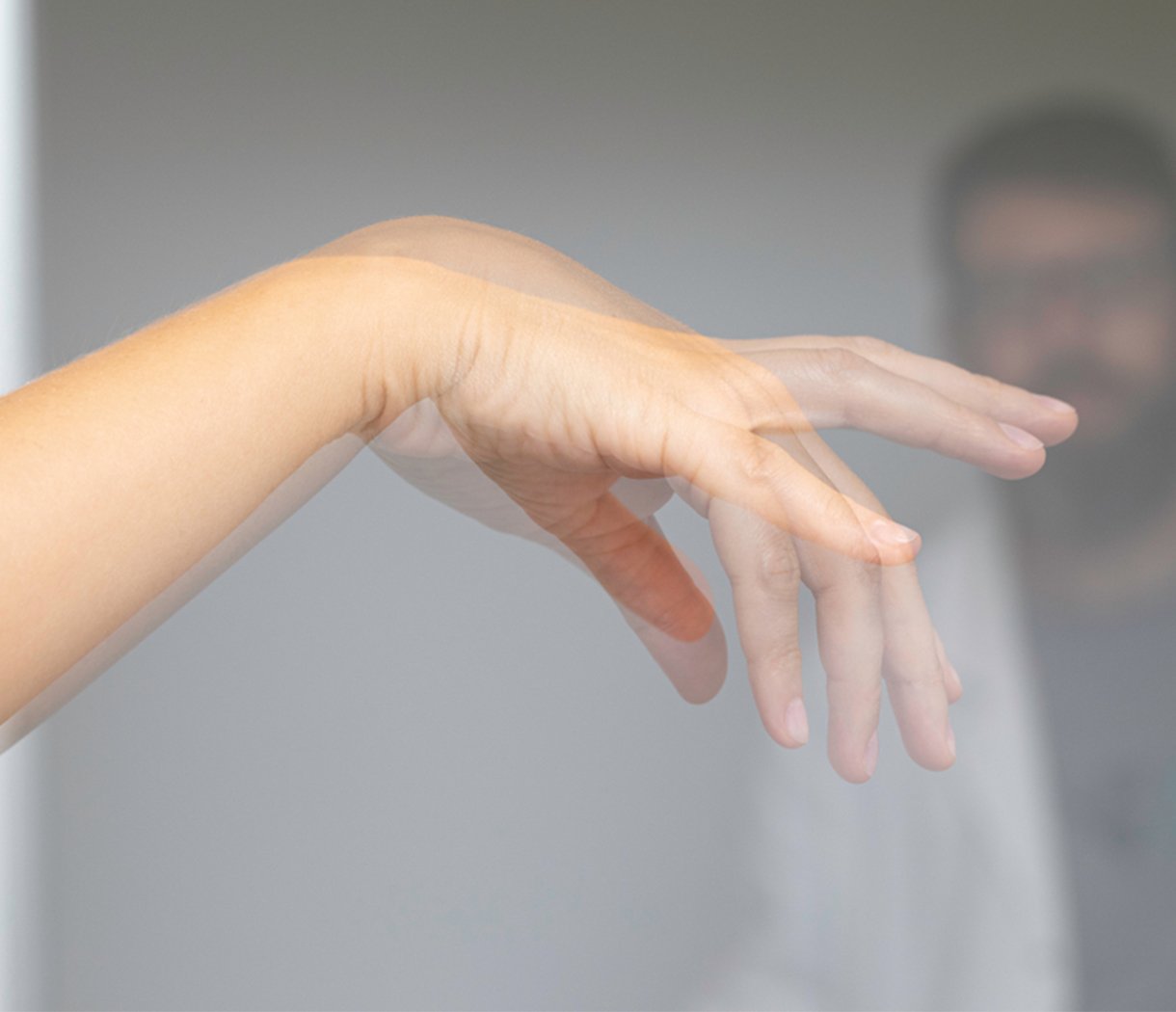Dystonia’s Daily Struggle
Living with dystonia can feel like a constant battle within your own body. The unrelenting muscle spasms, stiffness, and unpredictable movements create significant discomfort and hinder daily life. For those seeking relief, conventional treatments like medications or surgeries may offer minimal results, leaving many feeling frustrated. Enter CO2 cryotherapy, a non-invasive, drug-free alternative that targets dystonia effectively and with minimal disruption to daily routines.
Meet CO2 Cryotherapy: The Cool New Kid on the Block
CO2 cryotherapy leverages the unique cooling properties of carbon dioxide gas to target pain and inflammation in the body. This isn’t just the typical ice therapy you might have tried at home—CO2 cryotherapy delivers a much more precise, intense, and controlled cooling effect. The process involves spraying carbon dioxide in its solid or liquid form to the skin. The rapid temperature drop causes vasoconstriction (narrowing of blood vessels), which is followed by vasodilation (widening of blood vessels). This dual-phase response promotes better circulation, reduces inflammation, and accelerates tissue healing.
What sets CO2 cryotherapy apart is its ability to provide localized, targeted relief to specific areas affected by dystonia. Unlike traditional cryotherapy that might cool a broader area, CO2 cryotherapy delivers a controlled cooling effect that zeroes in on the exact muscles or tissues causing pain. This focused treatment enhances its effectiveness, especially in dealing with the spasms and muscle contractions common in dystonia.
How It Targets Dystonia Symptoms
Dystonia leads to involuntary muscle contractions that create twisted, painful postures. The unique cooling mechanism of CO2 cryotherapy works to alleviate this by rapidly cooling the affected muscles. The cooling disrupts the overactive nerve impulses that lead to spasms, helping to calm muscle contractions temporarily. By controlling these spasms, the treatment not only relieves pain but also improves mobility and allows for better posture.
Additionally, CO2 cryotherapy aids muscle recovery by promoting better blood flow. The initial vasoconstriction followed by vasodilation helps to flush out metabolic waste and enhance oxygen and nutrient delivery to the muscles, accelerating their healing process. This increased circulation can reduce muscle stiffness, improve range of motion, and minimize the frequency of spasms over time. The cooling effect also reduces local inflammation, which can contribute to the pain and immobility associated with dystonia.
Why Dystonia Sufferers Are Turning to Cryotherapy
Traditional treatments for dystonia, such as medications and injections, often come with side effects, long recovery times, or inconsistent results. CO2 cryotherapy, on the other hand, provides a non-invasive and drug-free option with minimal downtime. The procedure is quick and safe, offering a targeted approach to relieve the muscle spasms and stiffness that characterize dystonia.
Patients seeking an alternative to prescription medications and invasive procedures are turning to CO2 cryotherapy for lasting relief. This therapy doesn’t carry the risk of dependency or harmful side effects associated with some pain medications. Additionally, cryotherapy sessions are flexible and can be integrated into an existing treatment plan, either alone or as an adjunct to other therapies.
Conclusion
CO2 cryotherapy offers a new, effective approach to treating dystonia. By utilizing carbon dioxide’s cooling effect, this therapy provides targeted relief from muscle spasms, stiffness, and pain, all without the need for drugs or surgery. The science behind cryotherapy—accelerating circulation, reducing inflammation, and stimulating tissue repair—makes it a promising treatment option for dystonia sufferers. If you’re living with dystonia, it may be time to explore CO2 cryotherapy and experience the benefits for yourself.



